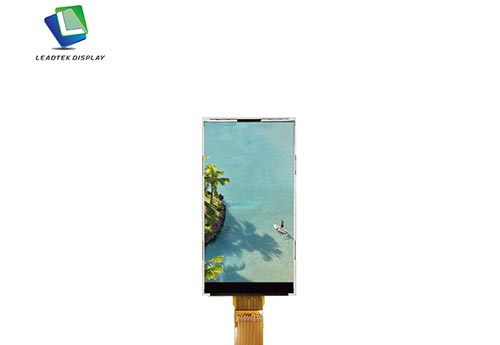How does a transflective display work?
Transflective displays are a type of LCD (Liquid Crystal Display) technology that combines both transmissive and reflective display properties. Here's how they work:
1. Display Structure:
- A transflective display has a special layer behind the LCD panel.- This layer is partially reflective and partially transmissive.
2. Dual Lighting Modes:
a) Reflective Mode:
- In bright environments (like outdoors), the display uses ambient light.
- Light enters the display, passes through the LCD layer, reflects off the back layer, and passes through the LCD again.
- This reflected light forms the image you see.
b) Transmissive Mode:
- In low-light conditions, a backlight is activated.
- Light from the backlight passes through the transmissive parts of the special layer and the LCD.
- This transmitted light forms the image.
3. Adaptability:
- The display can switch between or combine these modes based on ambient light conditions.- In mixed lighting, both modes can work together.
4. Advantages:
- Better visibility in bright sunlight compared to standard LCDs.- Power savings in bright conditions as the backlight can be dimmed or turned off.
- Improved readability across various lighting conditions.
5. Common Uses:
- Outdoor-readable devices like GPS units, smartwatches, and some mobile devices.- Applications where power efficiency and sunlight readability are important.
Transflective displays offer a compromise between the power efficiency of reflective displays and the low-light visibility of transmissive displays, making them versatile for various lighting conditions.




 Skype
Skype WhatsApp
WhatsApp Email
Email Inquiry
Inquiry WeChat
WeChat
 TOP
TOP